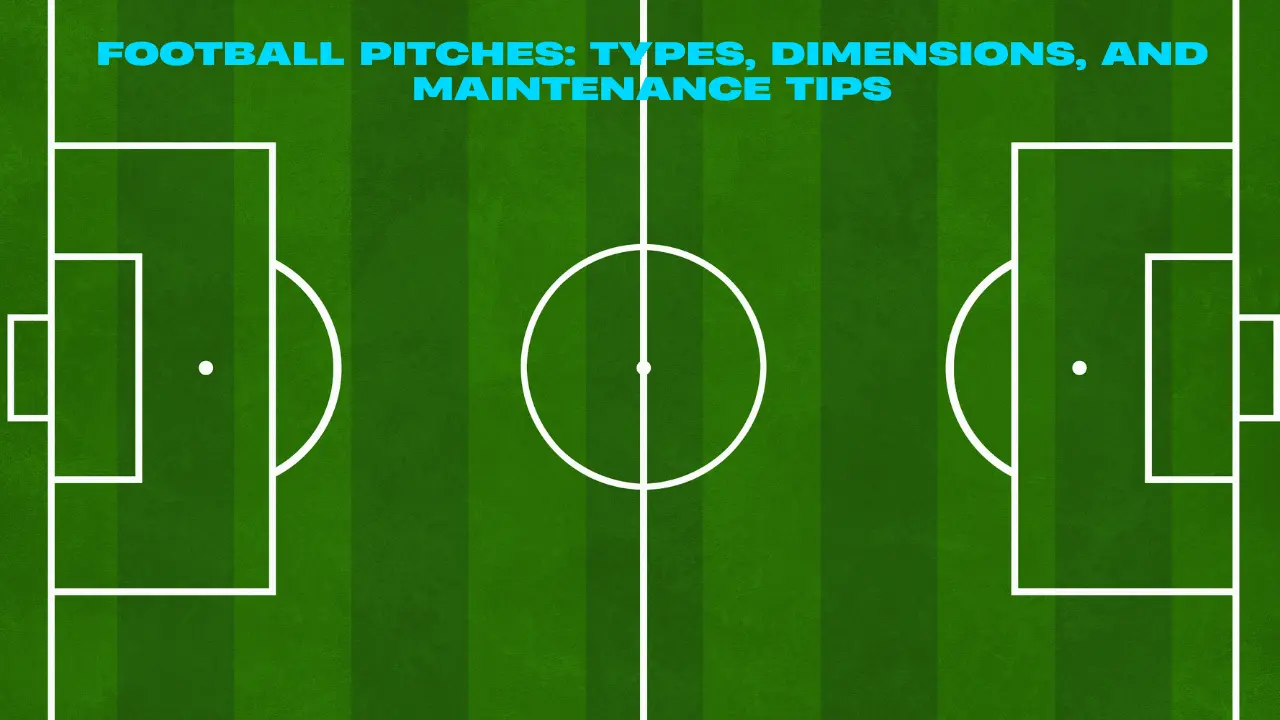Mastering Football Pitches: Understanding Types, Dimensions, and Maintenance Tips
Introduction to Football Pitches
Football pitches, the battlegrounds where skill meets strategy, are pivotal in ensuring optimal performance and safety for players. Mastering these grounds involves a profound understanding of their types, dimensions, and maintenance. In this comprehensive guide, we delve into the nuances that elevate a pitch from ordinary to exceptional.
Types of Football Pitches
Natural Grass Pitches
Natural grass pitches remain the gold standard in football. Their lush, organic surface provides excellent traction and ball control, crucial for the fluid gameplay football demands. Professional leagues worldwide often prefer natural grass for its aesthetic appeal and authenticity, offering players a dynamic playing surface that evolves with weather conditions.
Artificial Turf Pitches
Artificial turf, engineered for durability and consistency, has gained popularity across various levels of football. Constructed from synthetic fibers with infill materials like rubber or sand, these pitches offer resilience against heavy use and adverse weather. They ensure consistent ball roll and are low-maintenance compared to natural grass, making them suitable for training facilities and regions with harsh climates.
Hybrid Pitches
Hybrid pitches combine the best of both worlds: the natural grass surface reinforced with synthetic fibers. This innovation enhances pitch stability and durability while retaining the natural grass feel. Widely adopted by top clubs, hybrid pitches provide a compromise between natural aesthetics and artificial resilience, offering longevity and performance throughout the season.
Dimensions of Football Pitches
Football pitch dimensions are standardized globally but can vary slightly based on competition regulations and venue constraints. The FIFA regulations outline specific dimensions for professional matches:
- Length: Between 100-110 meters (110-120 yards)
- Width: Between 64-75 meters (70-82 yards)
These dimensions ensure consistency in gameplay, allowing players to adapt strategies and tactics across different venues without significant variation.
Maintenance Tips for Football Pitches
Maintaining a football pitch is pivotal to its longevity and performance. Proper care ensures player safety, enhances playing conditions, and prolongs the pitch’s lifespan. Key maintenance practices include:
Regular Mowing and Irrigation
Keeping the grass at an optimal height through regular mowing promotes uniform growth and improves ball roll. Proper irrigation, tailored to regional climates and seasonal variations, ensures the grass remains healthy and resilient.
Fertilization and Aeration
Periodic fertilization replenishes essential nutrients, fostering robust grass growth and color. Aeration alleviates soil compaction, enhancing water and nutrient absorption while promoting root development, crucial for pitch durability.
Infill and Surface Inspection
For artificial turf pitches, maintaining proper infill levels and inspecting the surface for wear and tear are critical. Periodic brushing redistributes infill materials, ensuring consistent playing characteristics and reducing the risk of injuries.
Pest and Weed Control
Effective pest and weed management preserves pitch aesthetics and prevents invasive species from compromising surface integrity. Integrated pest management strategies minimize environmental impact while safeguarding pitch quality.
FAQs (Frequently Asked Questions)
1. What are the benefits of natural grass pitches over artificial turf?
- Natural grass pitches offer superior traction and ball control, adapting to weather conditions for a dynamic playing experience.
2. How often should a football pitch be mowed?
- Depending on growth rates, natural grass pitches typically require mowing once or twice a week during the growing season.
3. Are hybrid pitches suitable for all weather conditions?
- Yes, hybrid pitches combine the durability of synthetic fibers with the natural feel of grass, making them resilient in varying climates.
4. What is the standard size of a football pitch?
- According to FIFA regulations, a standard football pitch ranges from 100 to 110 meters in length and 64 to 75 meters in width.
5. How can I improve the longevity of an artificial turf pitch?
- Regular brushing to redistribute infill, periodic inspections for wear, and proper maintenance of infill levels can significantly extend the lifespan of artificial turf.
Conclusion
Mastering football pitches requires a holistic approach encompassing type selection, precise dimensions adherence, and diligent maintenance practices. Whether natural grass, artificial turf, or hybrid solutions, each pitch demands meticulous care to optimize player experience and performance.
Discover more blogs:
